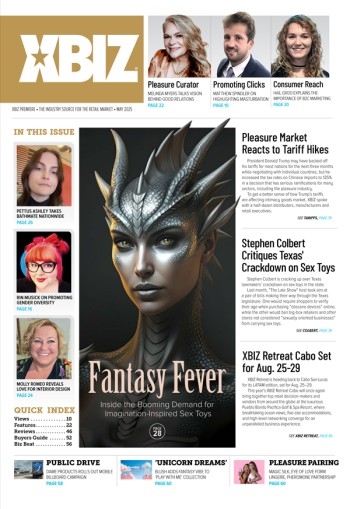When was the last time you intentionally clicked on an ad? Or saw a banner and actually registered what was on it? The internet is overflowing with all kinds of content nowadays, leading to an overabundance of ads and the majority of the population developing an immunity of sorts; they’ve learned how to not pay attention to things that do not directly interest them. This phenomenon is called selective blindness, but in the digital advertising world it came to be known as “banner blindness,” as that was the first ad format to hit it big — and the first one that became somewhat obsolete.
However, calling it “banner blindness” is no longer accurate. Lately, users and website visitors have also learned to ignore video ads and some forms of native advertising. As time goes on, even the most advanced formats we see today will eventually become unprofitable.
It is best to deliver and present your ads in a way that will be natively interwoven with user behavior.
Although AdBlock and other similar apps and extensions have played a role in this, it’s not a purely technological issue. For example, research shows that users have learned to subconsciously avoid places where ads are typically placed, even bypassing the ones displayed on position 0 in Google search.
Ad blindness is a learned behavior that only ever continues to evolve. So, how do you fight something that will inevitably happen? Well, we’ve got a few tips!
SHORT-TERM SOLUTIONS
Firstly, here are some quick fixes that will help you stay afloat in the short run.
- Optimize for mobile: There are still a lot of publishers and ad networks out there that haven’t caught up with the mobile craze — don’t be like them. Although desktop traffic is still more alive than ever, mobile is king at the moment. Pay special attention to iOS traffic, as it is usually harder to reach. However, while this may shake things up for a little while, it is not a longterm solution. The mobile market will also eventually succumb to the challenges of ad blindness.
- Change up your ad placement: If you’ve noticed that your ads haven’t been receiving much attention lately, try to put them in different locations on your page. Eyetracking research has proven that users learn to ignore certain locations on a website that they know ads are usually placed in. However, don’t forget to adjust your ads to their new placement. For example, if you want to place ads in the middle of your content, only use native and relevant ones.
- Customize your ads: There are two ways to go about this: either make your ads look as native as possible or use colors and sizes that are so outlandish, they will catch even the most seasoned users’ attention. Neither of these options are long-term solutions, however, as no matter how you customize your ads, users will eventually get used to them.
LONG-TERM SOLUTIONS
Unfortunately, there’s no quick solution to defeating ad blindness once and for all. However, there are some things you can do to minimize the impact it will have on your revenue in the long run.
- Research, research, research: This tip is kind of obvious, but it’s still very important. Knowing the market well gives you the ability to not only react to changes quickly, but also to even predict them at times. If you want to succeed in such an oversaturated market as digital advertising and overcome ad blindness, you have to stand out — and one of the best ways to do that is to follow the latest trends and your competition. Be aware of what others are doing, and try to stay one step ahead of them. Get used to adapting to new markets and platforms, and don’t be afraid to experiment.
- Look for a good ad network: Ad networks usually have big R&D departments that help them to develop formats that can stand the test of time. Look for networks that focus on innovation and are dedicated to moving forward alongside the market. One of the biggest symptoms of ad blindness is users learning to ignore content that is not relevant to what they came to your website for. If they want to read a blog article, they will hardly pay attention to the various videos and pictures scattered on the page, and if users wish to browse items on your online marketplace, they won’t notice messenger pop-ups.
- Adapt to a diverse array of content: Most platforms nowadays don’t cater to just one type of content, however. That’s why specialization is good, but an ad network that can offer fitting ads for all parts of your page is even better. We recommend using networks that have formats that can cover everything at once. For instance, we offer our clients that ability to mix and match several ad types that can all be modified to fit any type of content.
- Invest in the right formats: Some formats can weather the storms of ad blindness better than others, which is why we have devised a direct-linking ad that can be placed anywhere on your platform, from text to buttons to videos. Users don’t need to make a conscious (or subconscious) choice to look at it to get the ad; they just need to click on the content that contains it.
The best ad formats that can conquer ad blindness are ones that don’t disrupt the user’s usual flow. It is best to deliver and present your ads in a way that will be natively interwoven with user behavior, such as inserting links into website buttons or making ads that are entertaining enough to be seen as actual content.
Aina Sivceva is the head of the CPA department at Adsterra, a global ad network that helps advertisers meet their KPIs and grow ROI, while aiding publishers in getting maximum eCPM with easy-to-use advanced traffic solutions and an elite team that is ready to assist. Visit Adsterra.com to learn more about how products like Social Bar and Smart Direct Link can help you overcome ad blindness.







